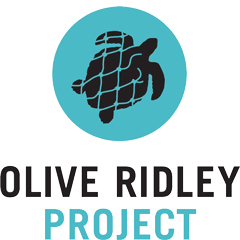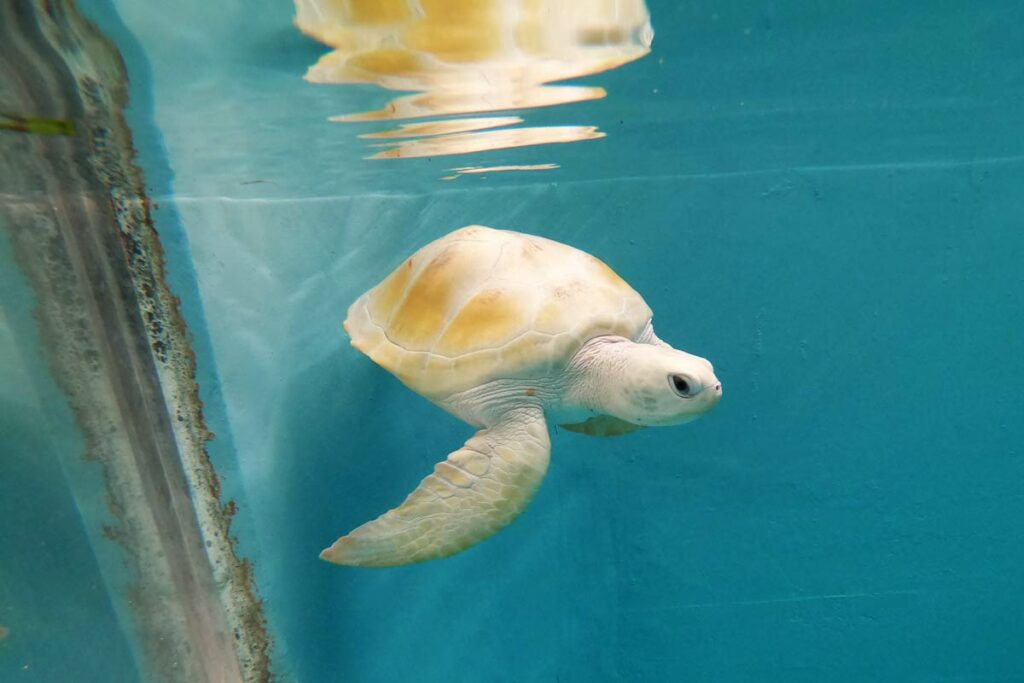
We had a very special arrival recently, an incredibly rare white sea turtle. Cloud is a green sea turtle with a genetic condition called Leucism. Leucism is a condition where animals have reduced pigmentation. Leucism is different from albinism as albino animals have a complete loss of pigment, leaving them completely white with red or pink eyes. Cloud has black eyes and a small amount of pigment on her skin.
What Are The Odds?
Sea turtles face many challenges in the wild from the day they are born. Once out of the nest, they must race to the ocean; avoiding crabs and birds that predate them. Those that reach the ocean are still not safe as the ocean contains many fish species and sharks that eat them. They spend their first few months trying to hide under patches of seaweed in the ocean, growing as fast as possible as the larger they are, the less predators they have.
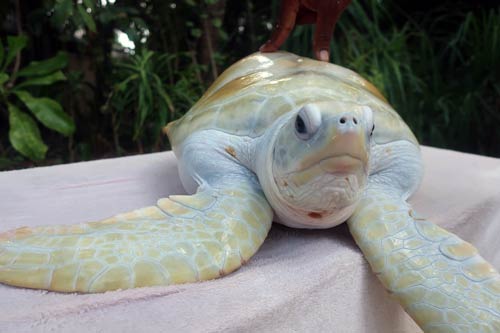
It takes many years for sea turtles to reach maturity. A green sea turtle takes anywhere between 30 and 45 years to reach breeding age. She must survive for this long in the ocean before she can start to reproduce. The plight of sea turtles becomes even more tragic when we add in the effects of humans.
Human Effects On Sea Turtles
Human pressure is a relatively new threat to sea turtles. Sea turtles have been on our planet since the dinosaurs, around 110 million years ago! Through all this time adult sea turtles have beaten the odds and survived where many other species have fallen. However, in the last 100-130 years, humans have put such immense and overwhelming pressure on the species that they now face the very real threat of extinction. This pressure comes in many forms; illegal harvesting, habitat loss, fishing nets and pollution such as plastic and oil. For a while they have evolved to overcome a host of challenges but this recent human threat has arisen so quickly and at such large scale that it has pushed the 7 species to a threatened or endangered state. Populations that were once abundant have plummeted, with some populations declining up to 95%. The survival rate of a new-born hatchling reaching adulthood is just 1 in 1000. An adult sea turtle is the exception, not the rule.
Leucism – An Extremely Rare Condition
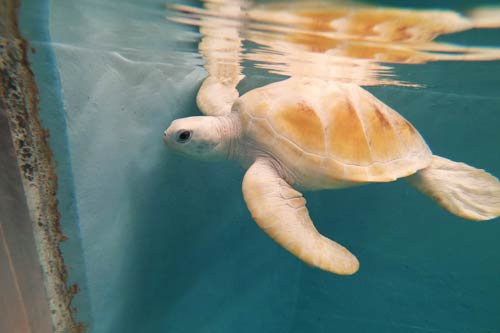
Now let’s add in the fact that Cloud was born with leucism. Although there are no exact figures for how many turtles are born with leucism, we know it is extremely rare. Leucism is an abnormal genetic defect, and not a useful one. Camouflage is important to all animals, particularly very small sea turtle hatchlings that are predated on by almost everything. So, to be born white makes you stand out and very visible to predators.
Cloud has beaten enormous odds to grow up to her current size of 16kg. Although not yet adult size she has overcome a mountain of challenges and odds to have survived this long in the ocean. It seems almost impossible, a miracle that she could have beaten those odds.
More About Cloud
Cloud belongs to the green sea turtle species. She was rescued from the ocean in Male atoll, near the capital island of Maldives. She was found floating in the ocean and unable to dive down. Her rescuers tried to release her on two occasions, but she kept floating at the surface. After a couple of days of seeing her floating in the area they collected her and brought her back to the island of Gaagandu videospelautomater and gave us a call. Buoyancy syndrome is a problem in sea turtles and we see many cases at our centre. After hearing about her story, we recommended she came to the centre for a health check. Cloud took a seaplane from Male to Coco Palm Dhuni Kolhu in Baa Atoll where our rescue centre is based. On arrival we settled her in to a tank. The first night she stayed mostly at the surface however the next day we found Cloud happily resting on the bottom of her tank. We brought her some seagrass to eat; the main diet of a green sea turtle.
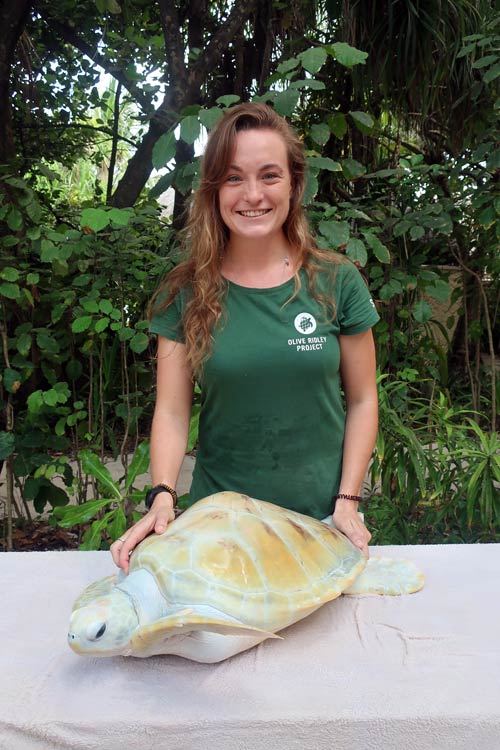
Cloud had a deformed carapace; the top of her shell had a noticeable lump. On X-ray we also found that her spine was abnormally curved, a condition called Scoliosis. The deformed shell also affected the anatomy of her lungs as the lungs attach to the top of the shell in sea turtles. Leucistic turtles often have multiple malformations. They have genetic defects and can also develop malformations during embryonic development. Despite all of this, Cloud was swimming and diving well and did not seem affected by her birth problems.
The Release
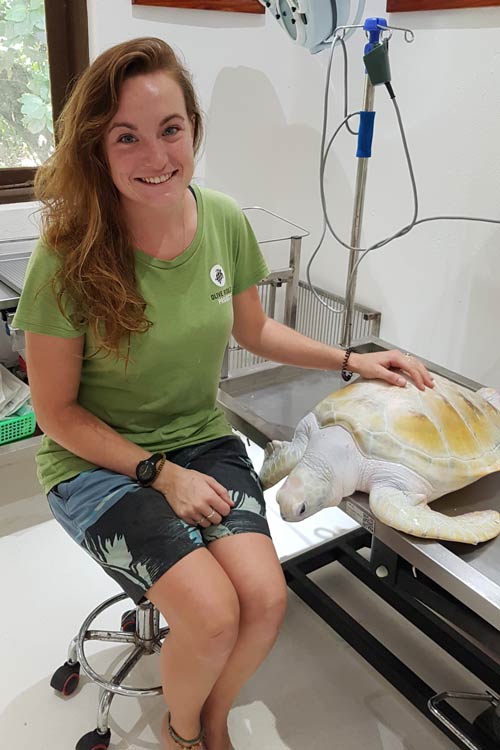
Once Cloud had passed her veterinary assessment, she was ready for release. We were hesitant that she may not dive down. She showed no signs of buoyancy at our centre so we could see no reason why she would remain floating however this was how she was picked up initially. We took Cloud out on a boat with other turtles that were ready for release. We took her on a short journey close by an uninhabited island where she would have minimal disturbance.
After releasing her she quickly turned to us and instead of swimming away, swam right past us, underneath the boat and quickly shot off towards the direction of the island. We quietly followed at a distance with the boat to ensure she did not start floating. She did take a brief rest at the surface, but as we approached, she quickly swam off; normal turtle behaviour! We were very pleased that she appeared to be swimming and diving well.
Cloud is a miracle of nature. A white sea turtle that has overcome impossible odds to grow to her current size. A rare and beautiful turtle, we hope that she continues to beat the odds and lives a long and happy life.

